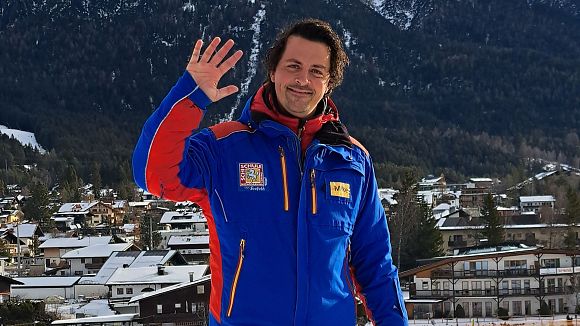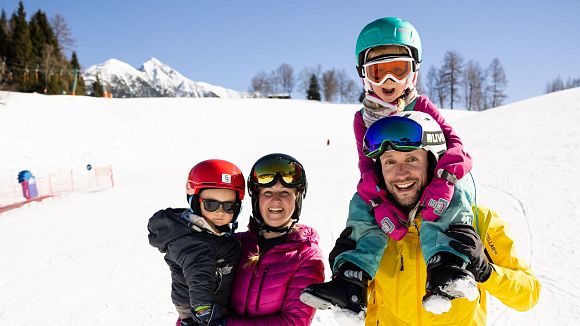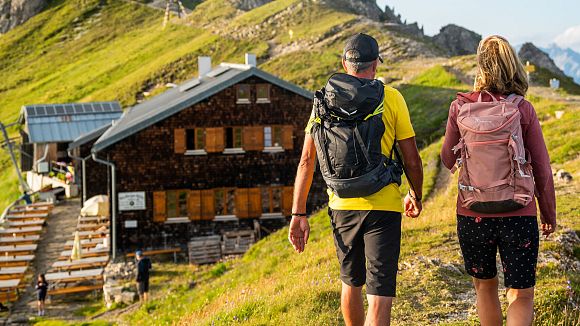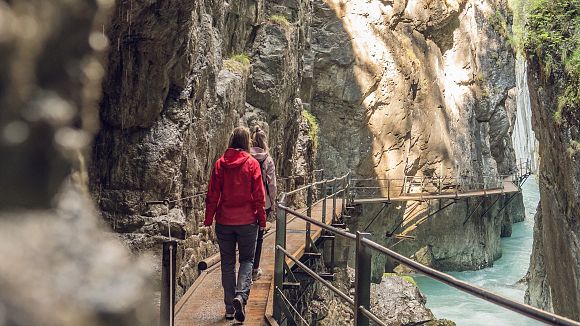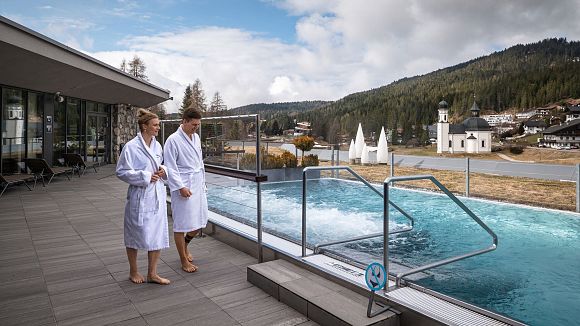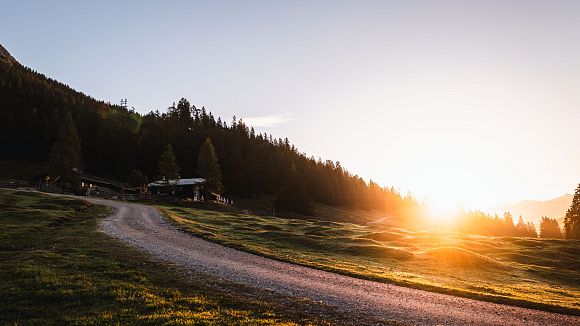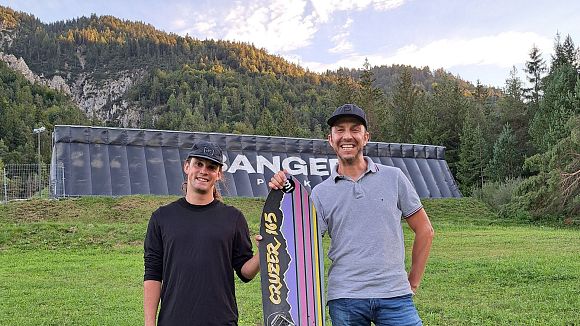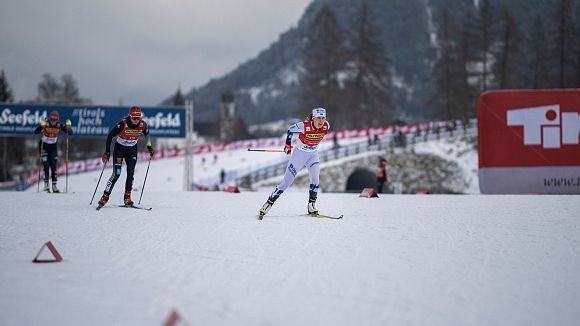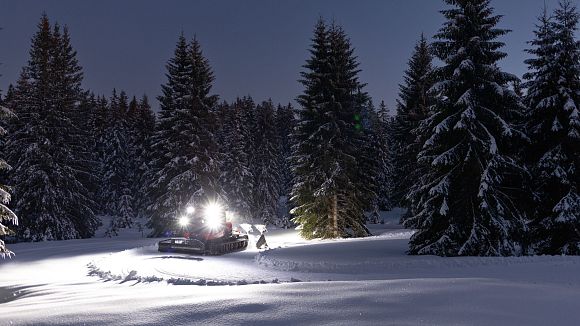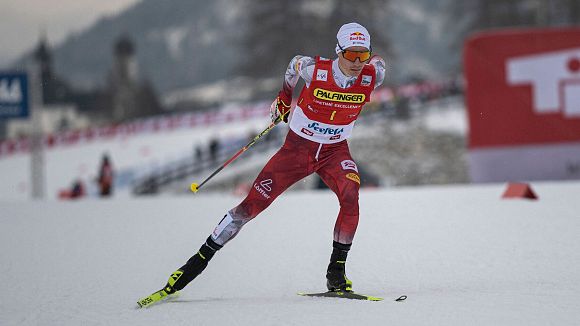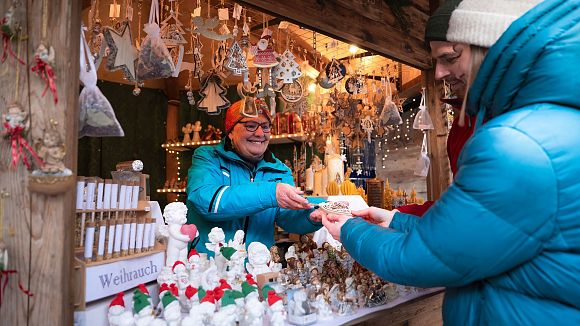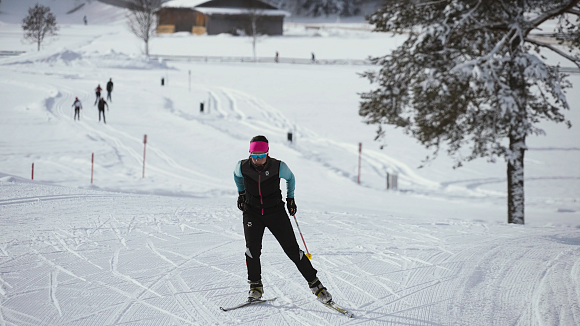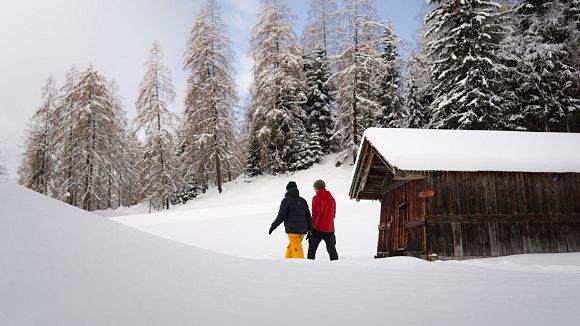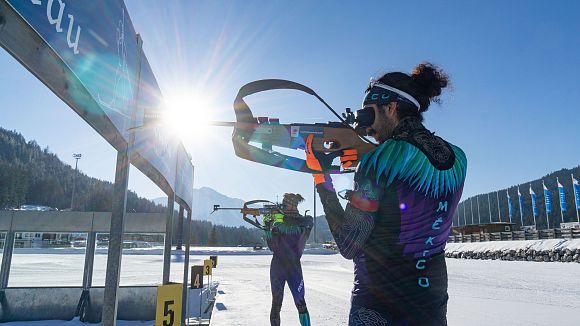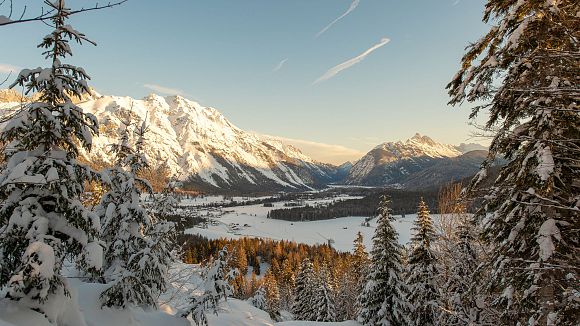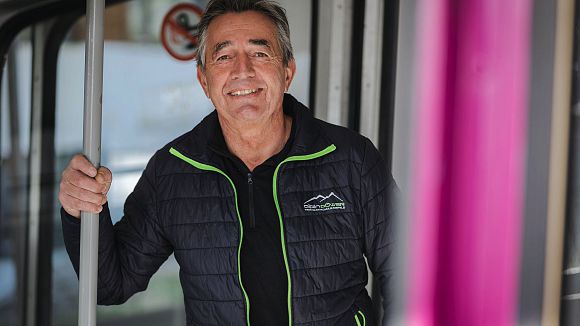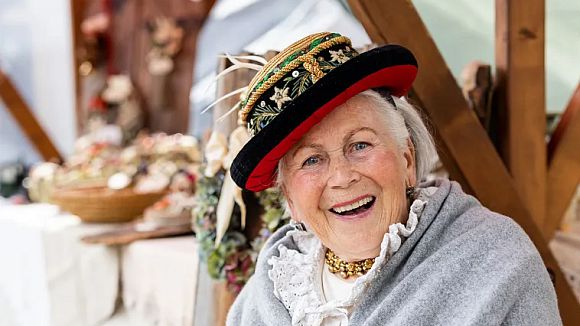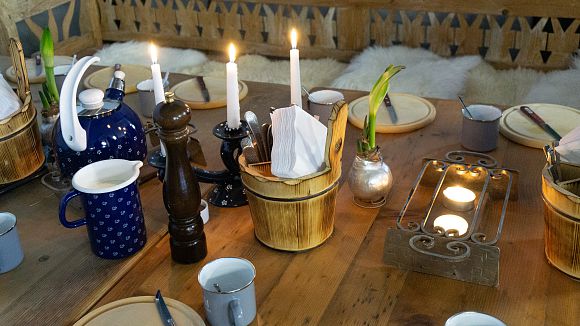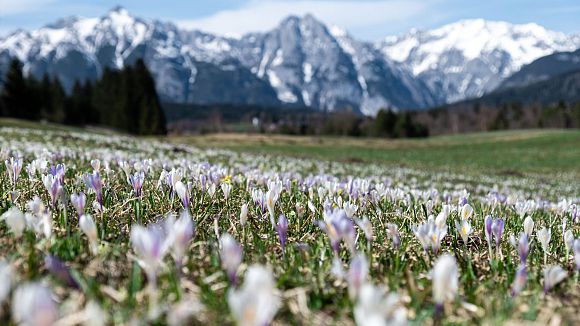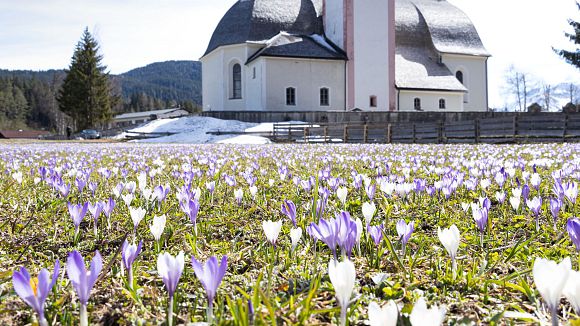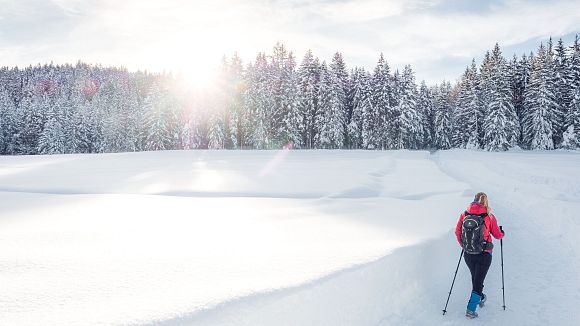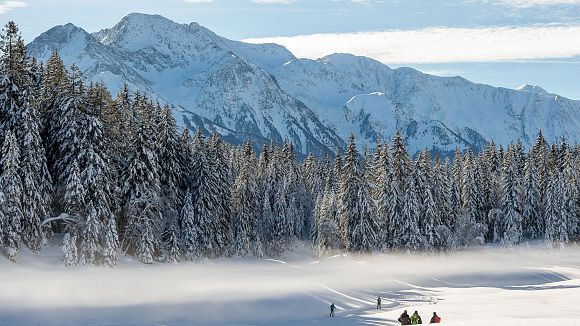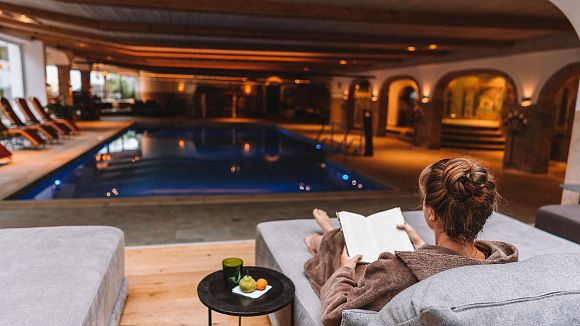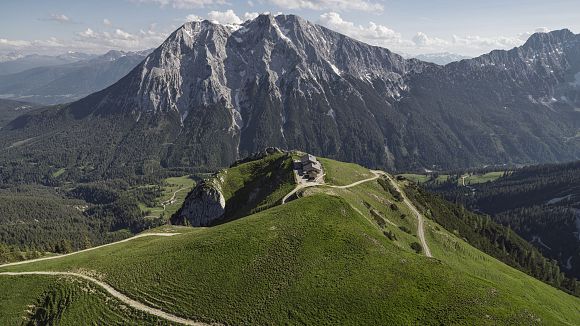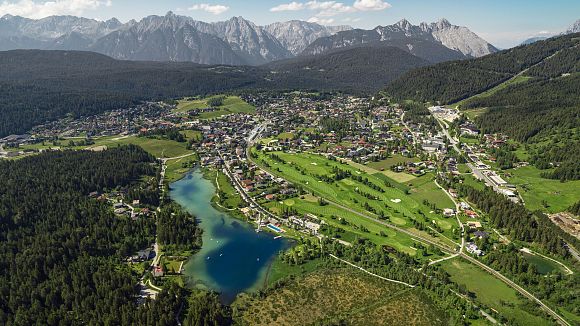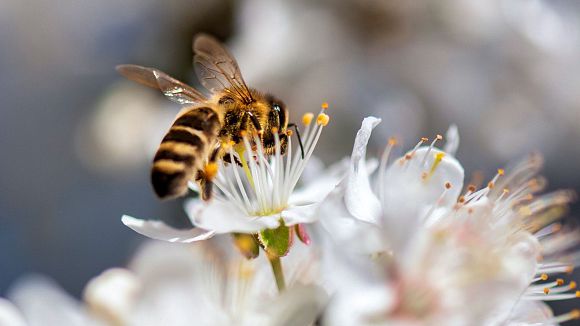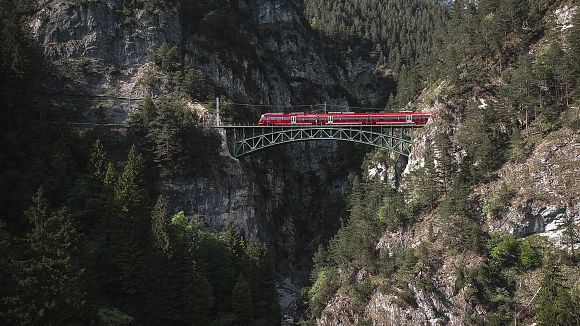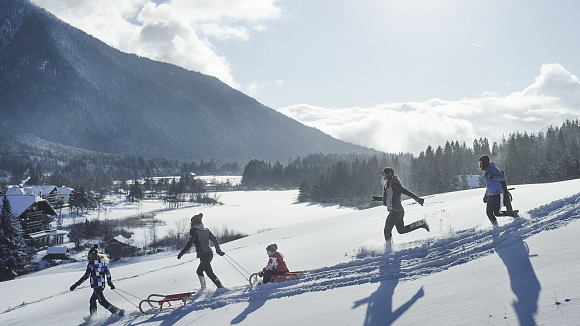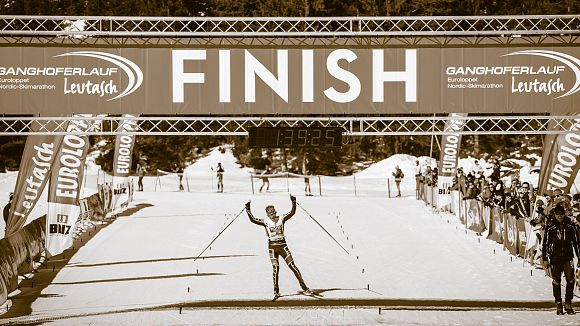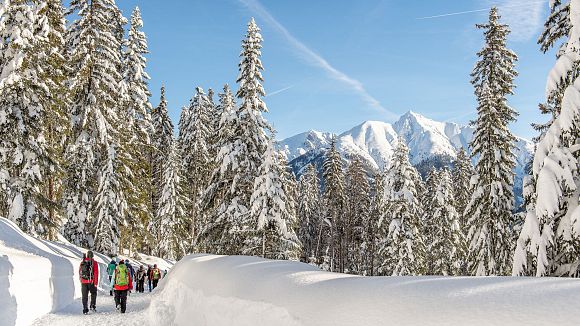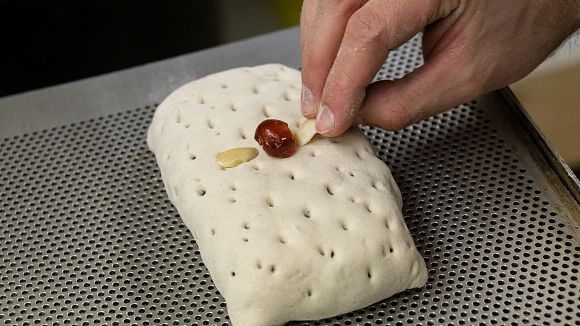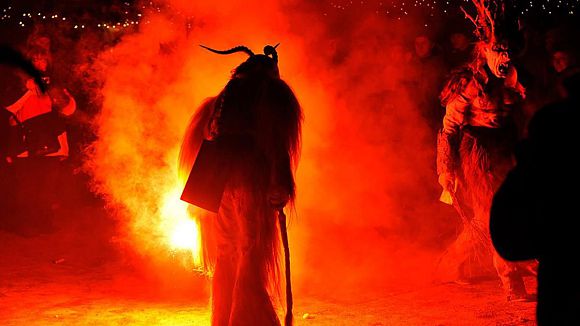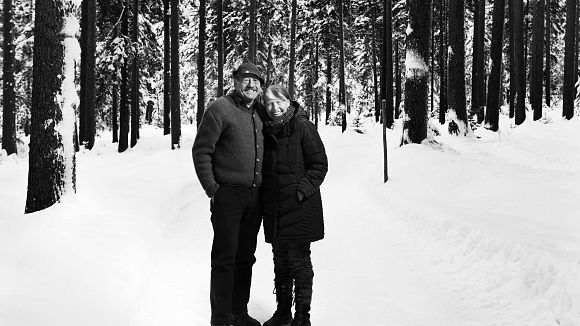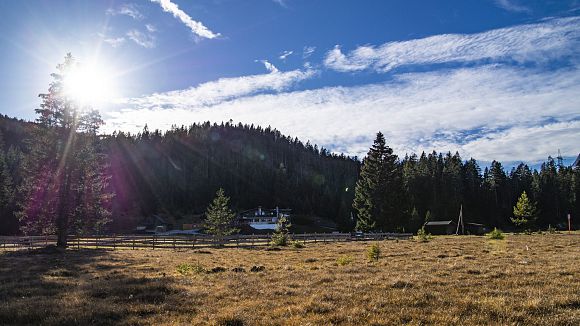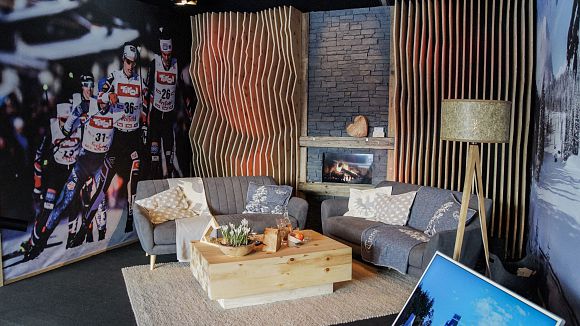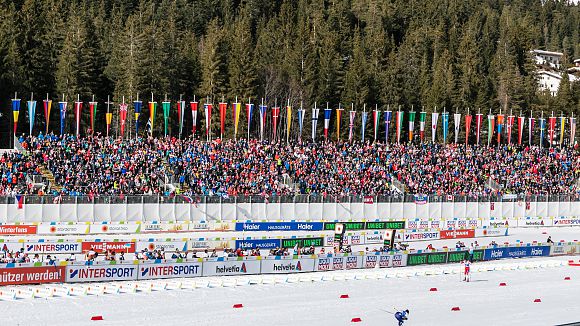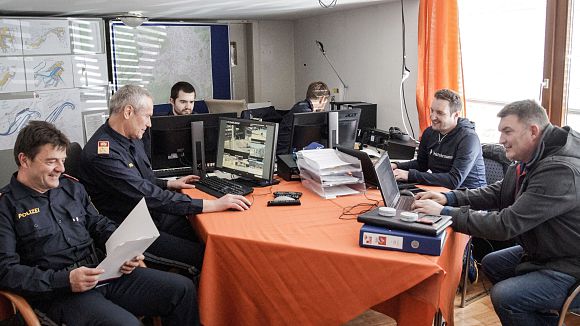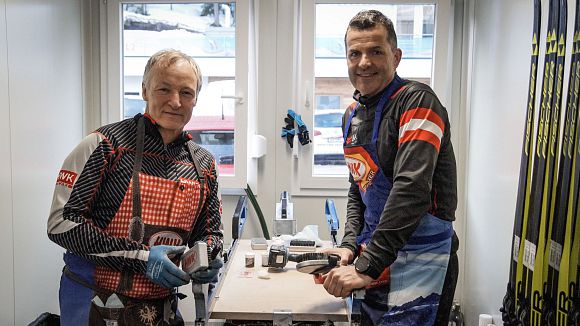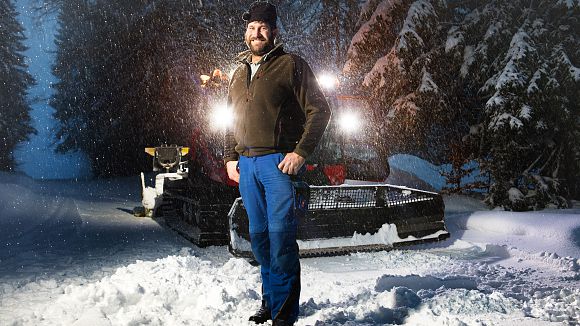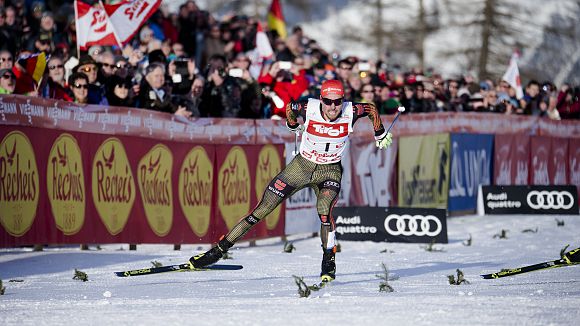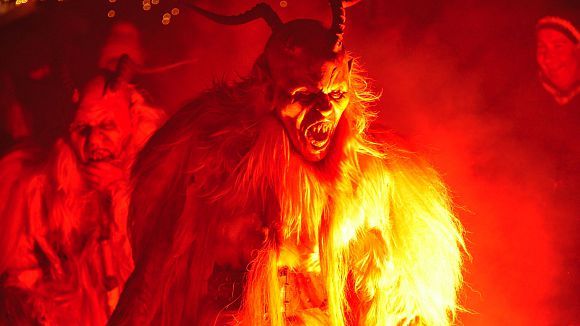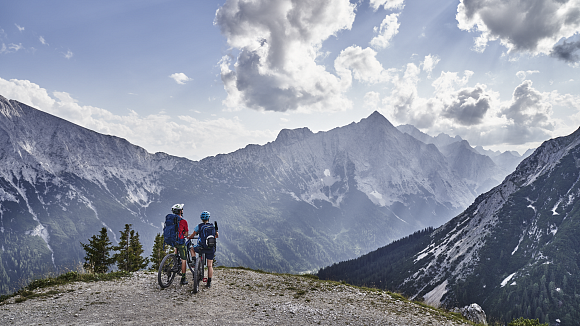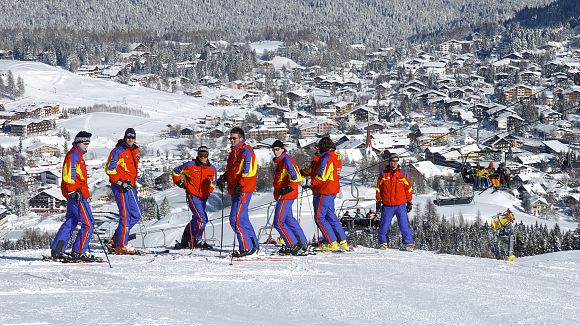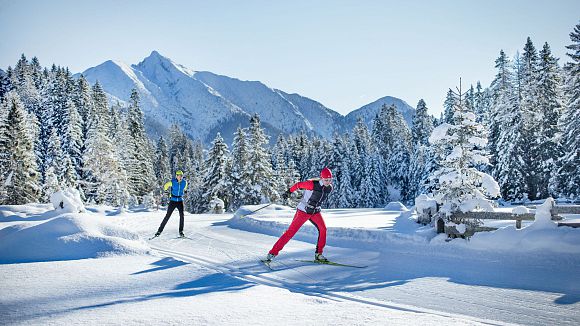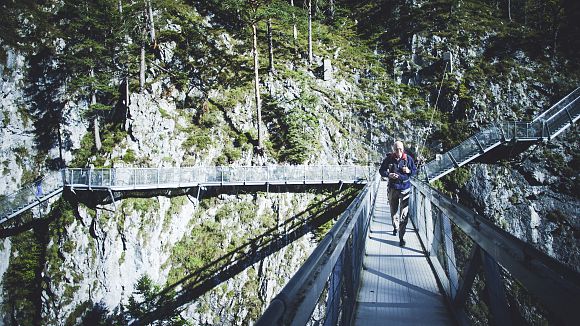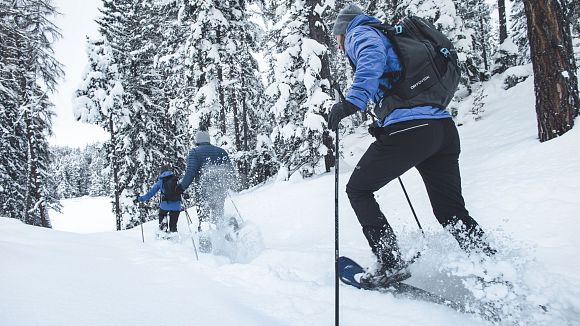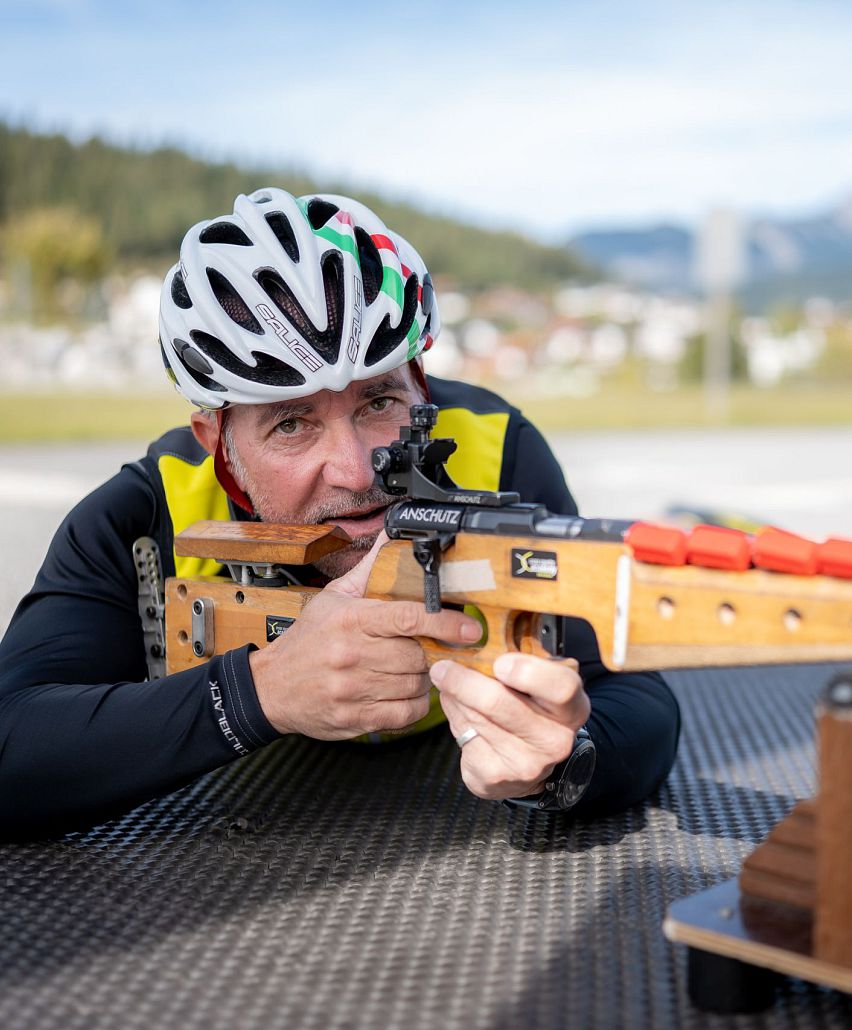
von Zeit.los Magazin
January 09, 2023
Winter
Hit the bull's eye - biathlon taster course
What looks so easy from the comfort of the TV couch turns out to be quite tricky in real life. The combination sport of biathlon has become increasingly popular in recent years.
Let's be honest: As spectators, we get really excited when the athletes arrive at the shooting range after their cross-country rounds, put on their rifles and ... hit the target. Or just not. "Maaahhh" then sounds a murmur in the stands or even at home in front of the TV sets, as if it would have been an easy shot to hit the bull's eye. The fact that it is anything but easy to get your breathing under control in such a way that you can put on the rifle with as steady a hand as possible, however, becomes clear at the latest when you try it out for yourself. You get the opportunity to do this at the biathlon taster course in Seefeld. Under expert supervision, those interested can try their hand at breathing and shooting techniques, either after a nice winter walk or a short round of cross-country skiing.
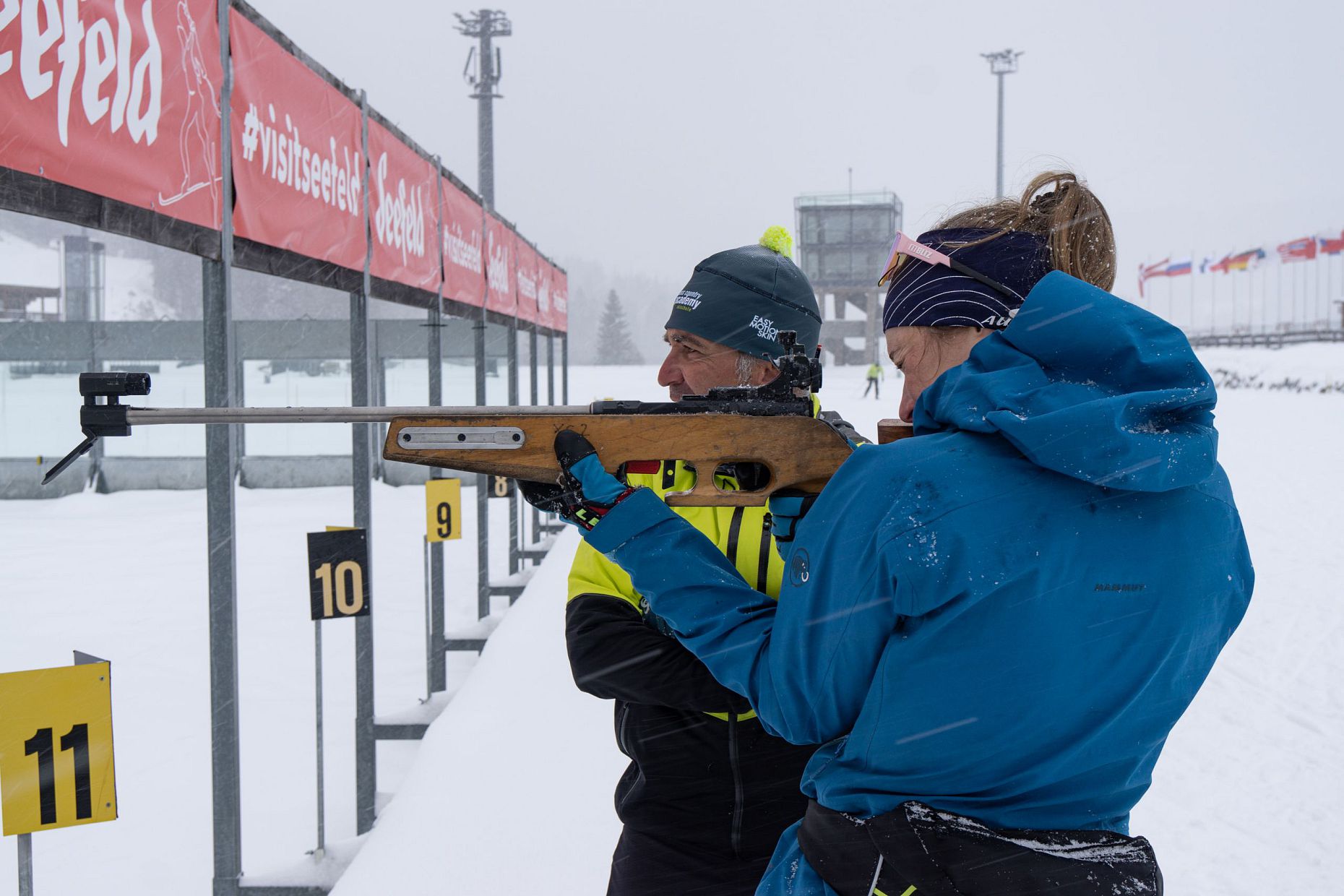
Biathlon trial shooting in Seefeld
More than just a steady hand is needed here
Biathlon is a combination sport that combines the endurance sport of cross-country skiing with the precision sport of shooting. This combination also makes biathlon so exciting for spectators. During the run, the rifles are carried by the athletes on their backs using sophisticated carrying systems, with the barrel muzzle pointing upward. "Shooting is basically done with pure biathlon rifles, i.e. small-caliber rifles," explains Alexander Marent, former cross-country skiing pro and instructor at the Cross Country Academy in Seefeld. In the competition, athletes start at 30-second intervals or in a mass start and usually run five laps. "Shooting takes place after each completed lap, only the final lap ends without a shot. Five shots are fired per shooting session," the coach explains. Depending on the competition, shooting is usually done twice prone and twice standing. "Especially in standing shooting, it is crucial to get a grip on your breathing, which usually works better when you exhale," says Marent. Anyone who has tried this before will know that even prone shooting is anything but easy. That's because aiming through the sight requires the utmost concentration and absolute calm. "That's much easier when you're lying down, but when you're standing up, it's hard to hold the gun steady," says Alexander Marent. "At the taster session, we shoot prone, which means that the rifle rests on its own construction and can therefore be held in a much more stable position. We try to teach our guests the basics and give them a feel for it. How do I manage to sight in the targets? How do I repeat correctly? In the process, most already notice that it's not all that easy." For safety reasons, no rifle is carried during the biathlon taster run, but the weapon is only handed out directly at the shooting range.
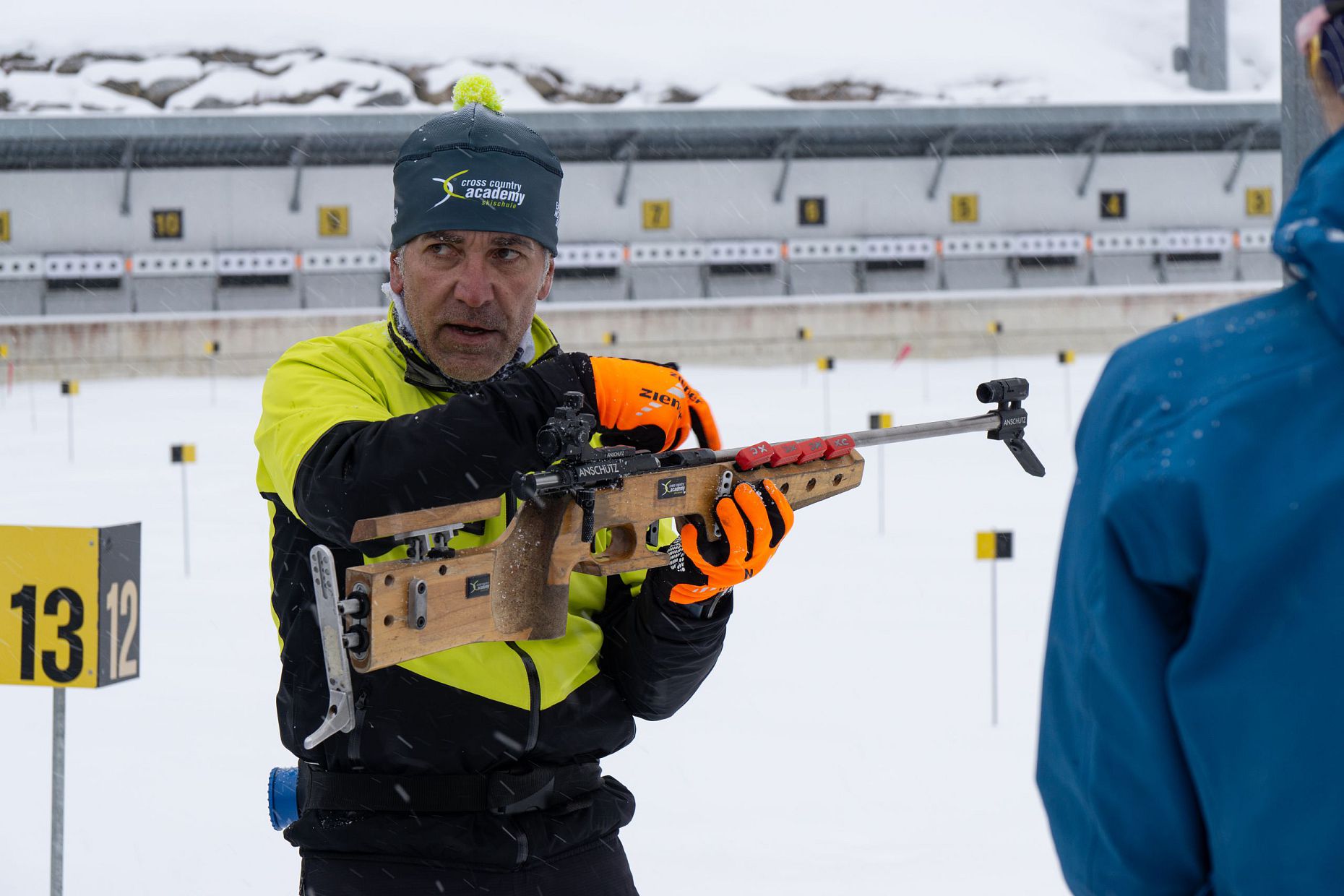
Shooting at the stand in Seefeld in the World Cup Arena
Biathlon sport: a real spectator magnet
Over the past decades, as the sport of biathlon has become increasingly popular and attracted more and more spectators, the so-called Fortner bolt has become established in rifles, making it possible to keep reloading time to a minimum. In this process, the shooter can open the straight-pull bolt with his index finger and close it again with the thumb of his shooting hand. "When repeating, you open the breech and virtually push the next projectile in with your thumb," says Marent, trying to put the process of reloading into simple words. What makes biathlon rifles special is the stock. "The stocks of the rifles are adapted to the athletes in terms of both their shape and their appearance. Here, personal preferences play a role above all. The important thing is that the stock fits well on the shoulder and that you have a good view through the sight," reveals the former professional cross-country skier. The distance to the targets is defined as 50 meters, and the order in which the targets are aimed at is up to the shooter. In very strong winds, the sighting line can be adjusted on the sight to allow for the deviation. Translated with www.DeepL.com/Translator (free version)
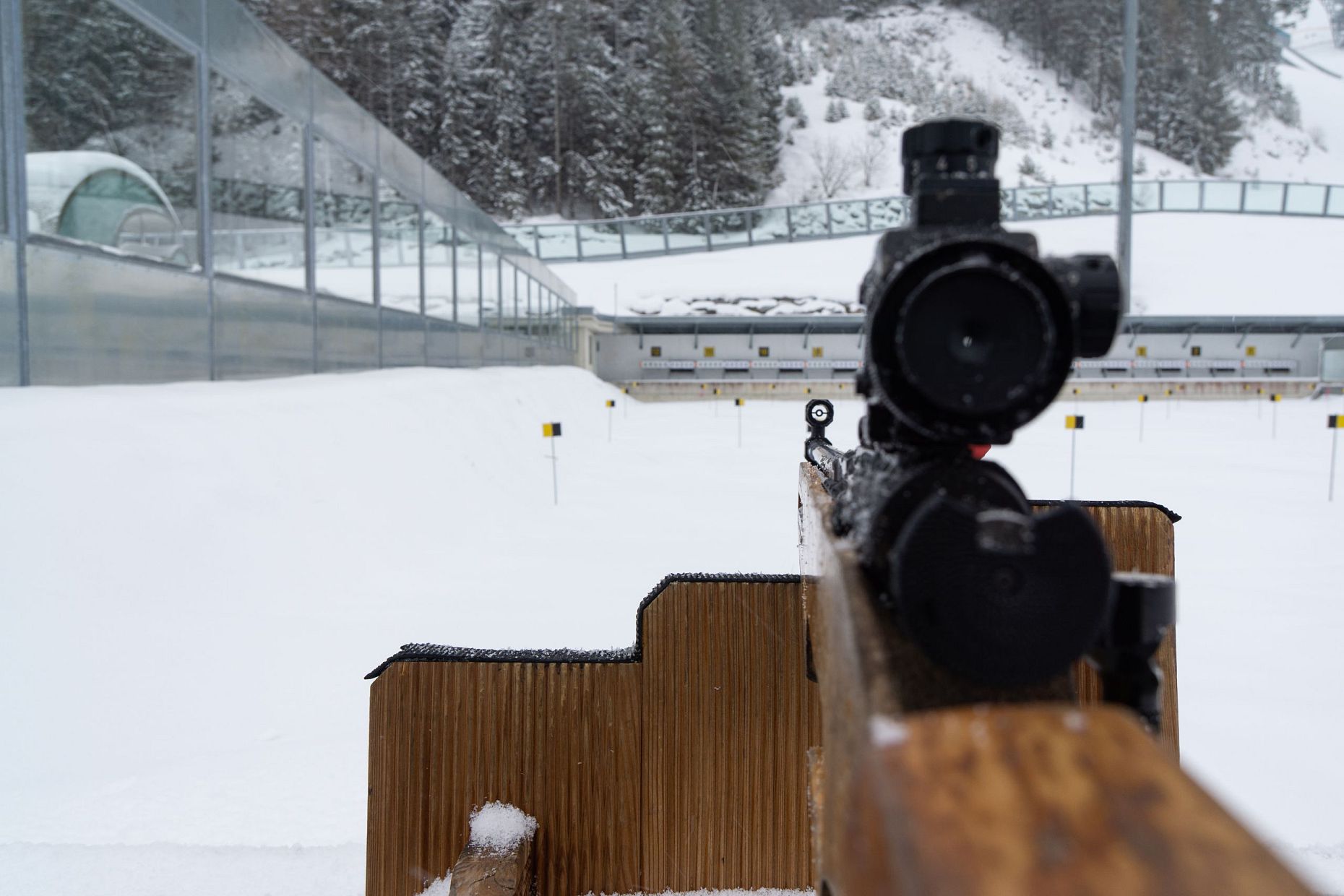
Shooting at the stand in Seefeld in the World Cup Arena
Biathlon test shooting in Seefeld
Even if you are not a biathlon fan, many a spark has been ignited when you try biathlon. As with other precision sports, the fascination begins in the focus, where you can forget everything around you, at least for a short time. Those who have really caught fire during the taster session can, of course, also deepen their skills and refine their technique with various advanced courses at the Cross-Country Academy in Seefeld. Training takes place in Seefeld all year round: in winter on cross-country skis and in summer on rollers. "Roller training is still the most similar movement to cross-country skiing," says Alexander Marent. As soon as winter moves over the high plateau, the cross-country ski trails covered in deep snow will also fill up again and the shooting range will open its doors to the biathletes. Here's to many enthusiastic professional and recreational athletes hitting the bull's eye again! Translated with www.DeepL.com/Translator (free version)
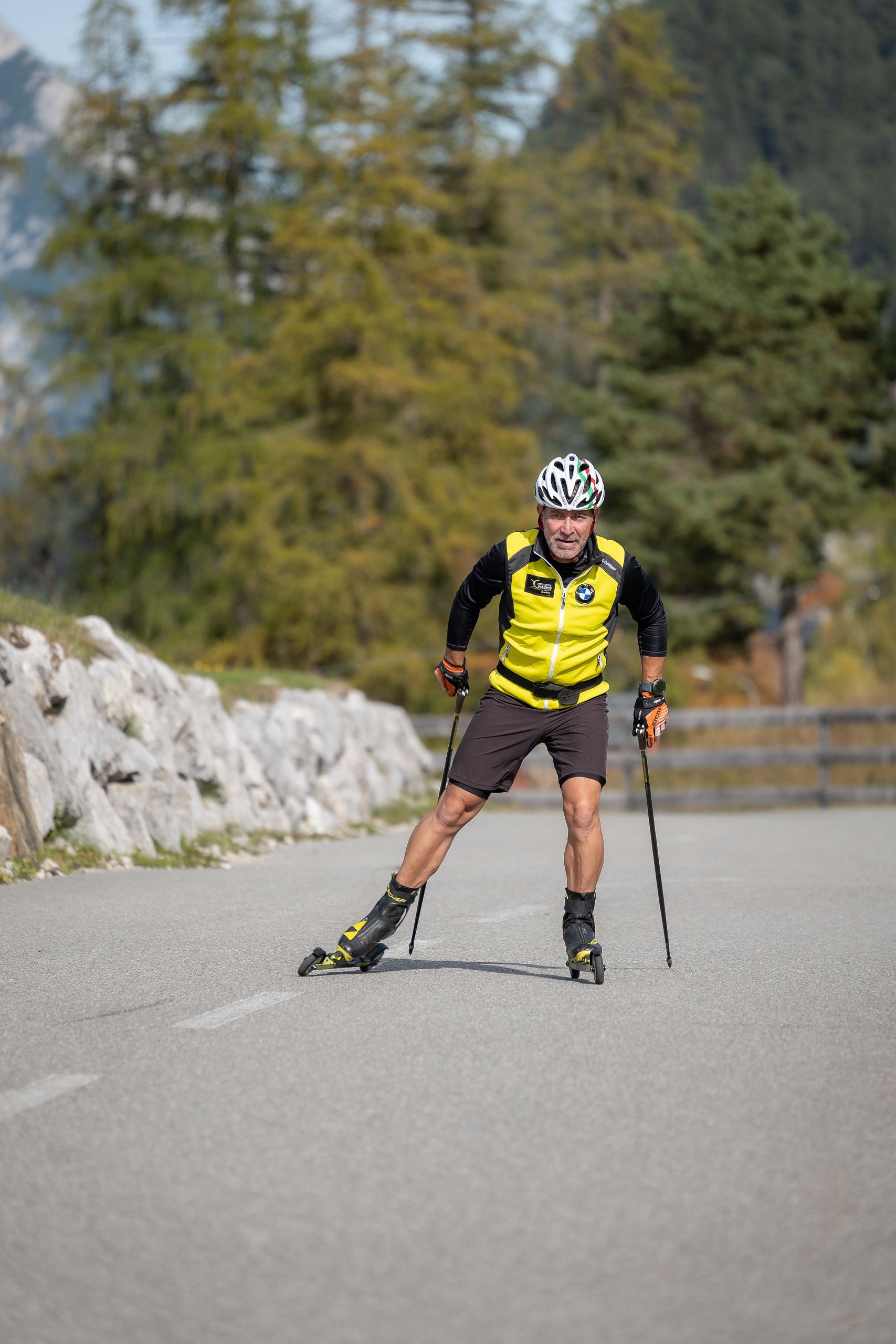
Teacher Alexander Marent on the roller ski track
You can find more info about the biathlon facility in Seefeld here.
Biathlon test shooting in Leutasch
The biathlon facility in Leutasch offers you the opportunity to experience the fascinating combination of precision and endurance of the biathlon for yourself. At the biathlon test shooting in Leutasch, you can put your aim to the test and feel the adrenaline coursing through your veins as you glide along the perfectly groomed trails. Against the picturesque backdrop of the Alps, state-of-the-art shooting ranges and trails are waiting to be conquered by you.
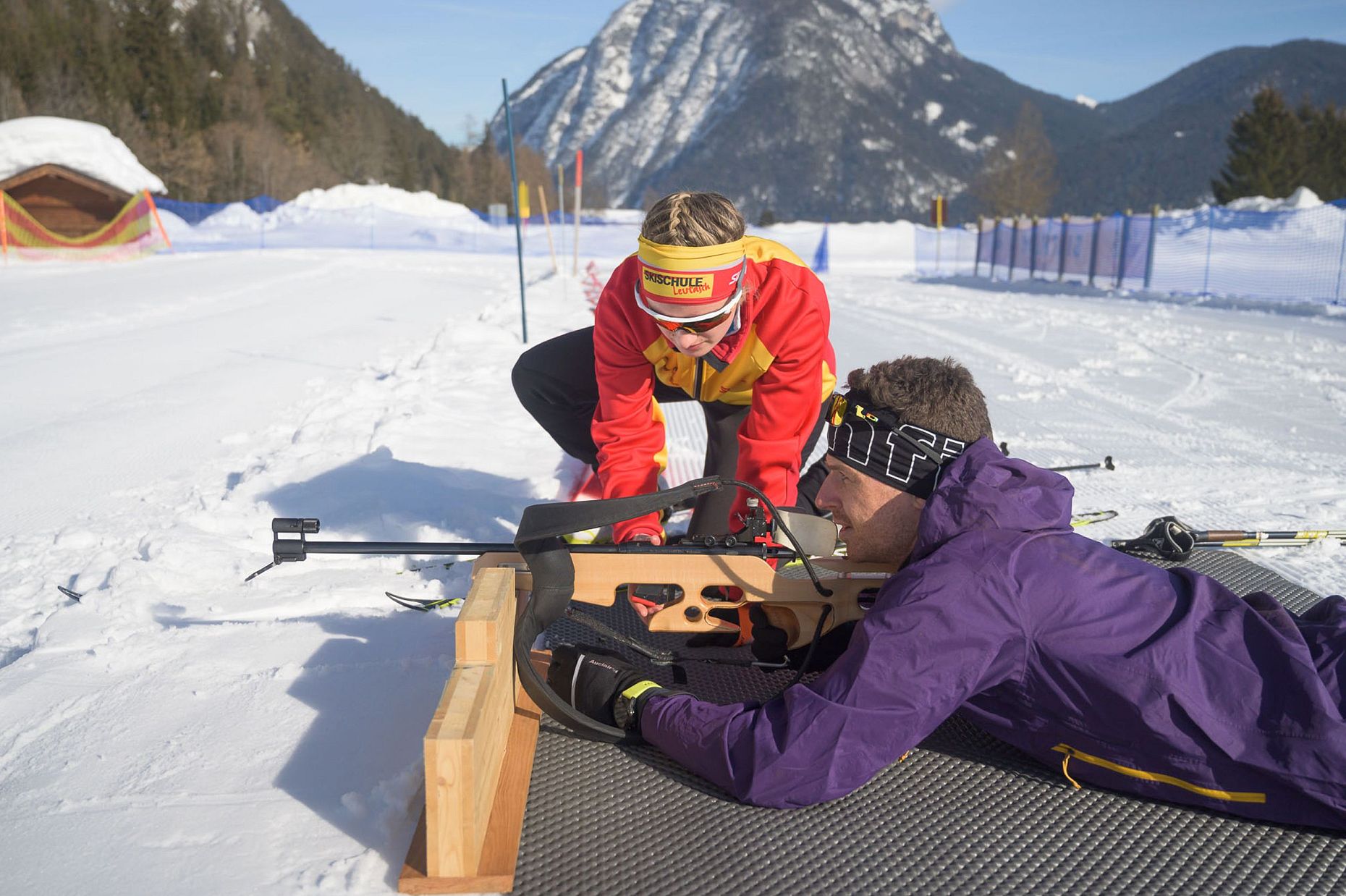
Biathlon test shooting in Leutasch
You can find more information about the biathlon facility in Leutasch here.
Blog Tags
Share
